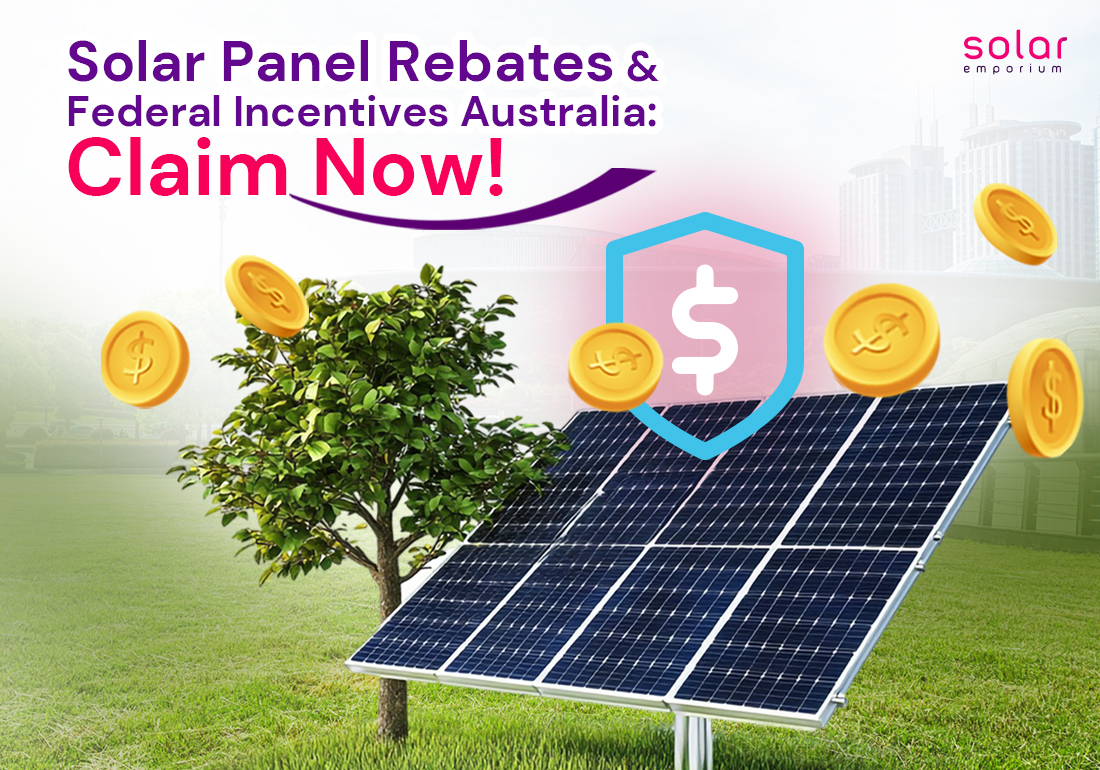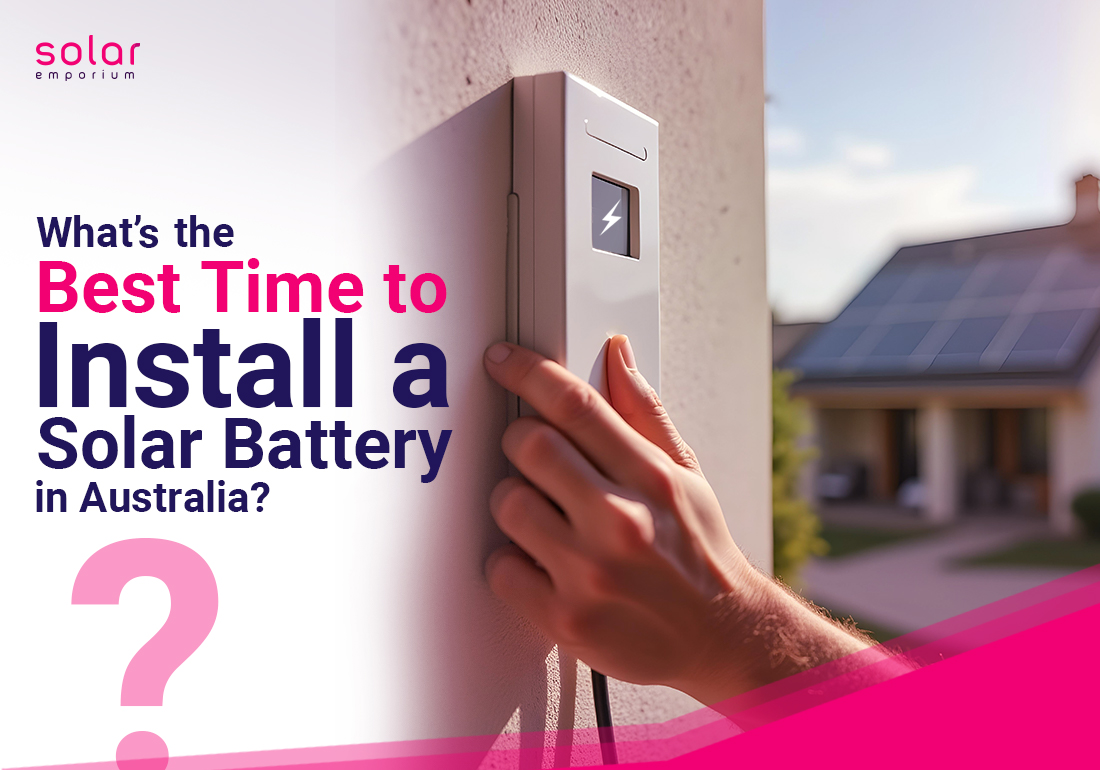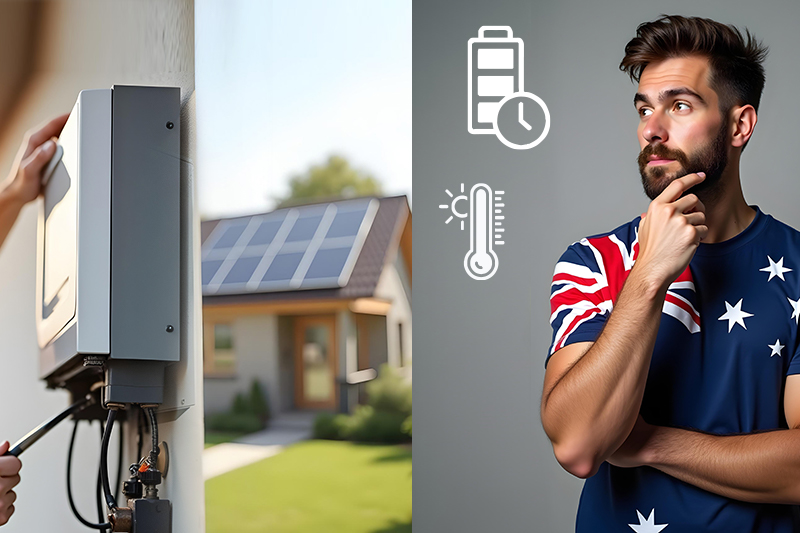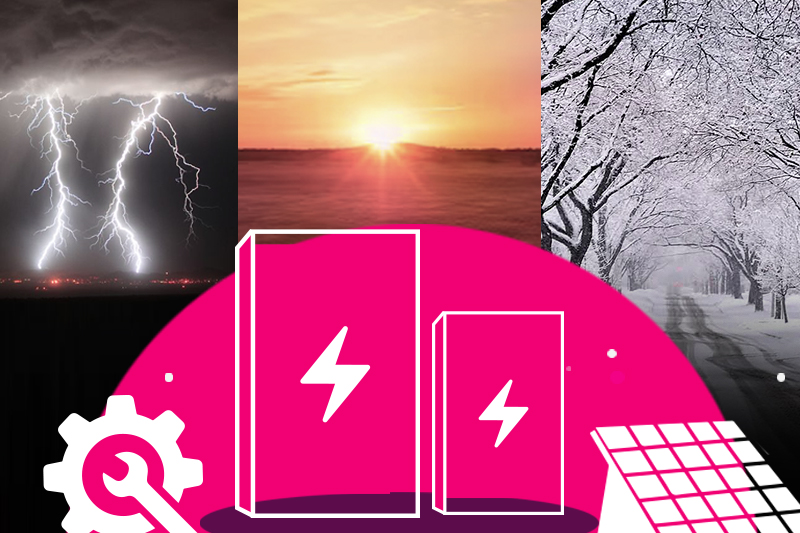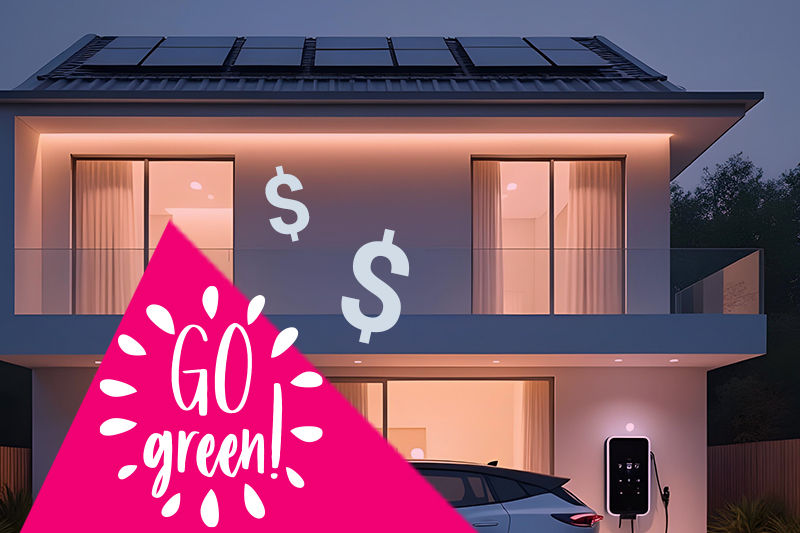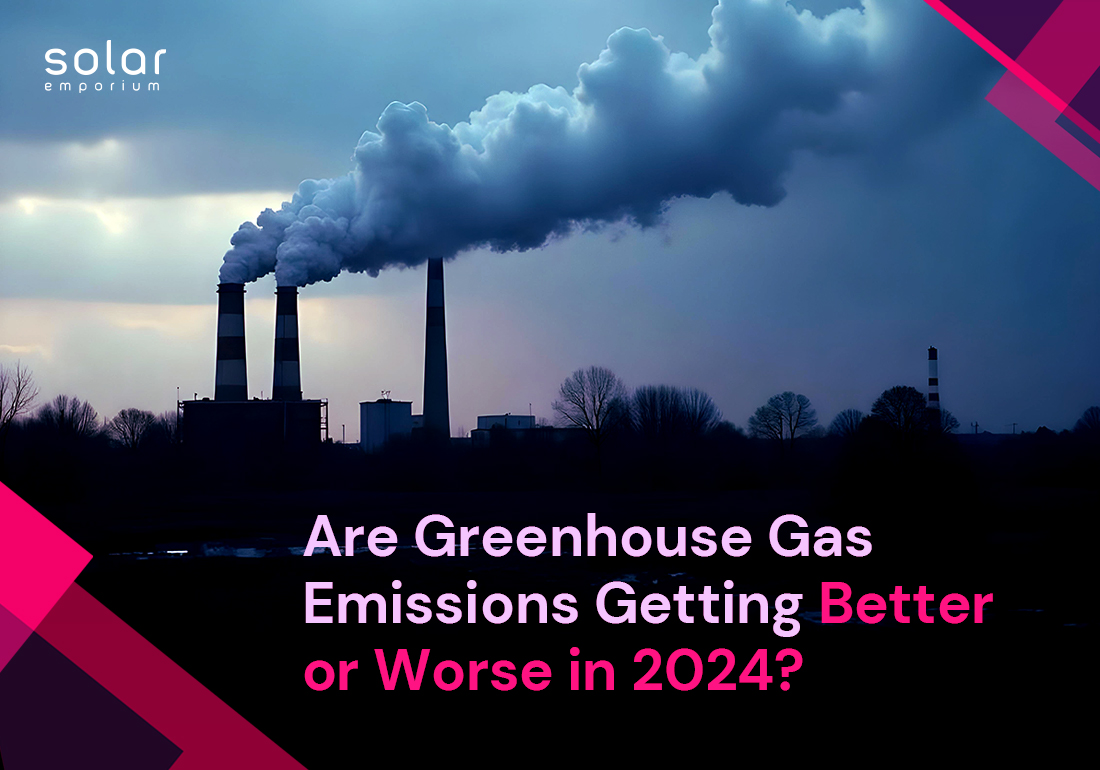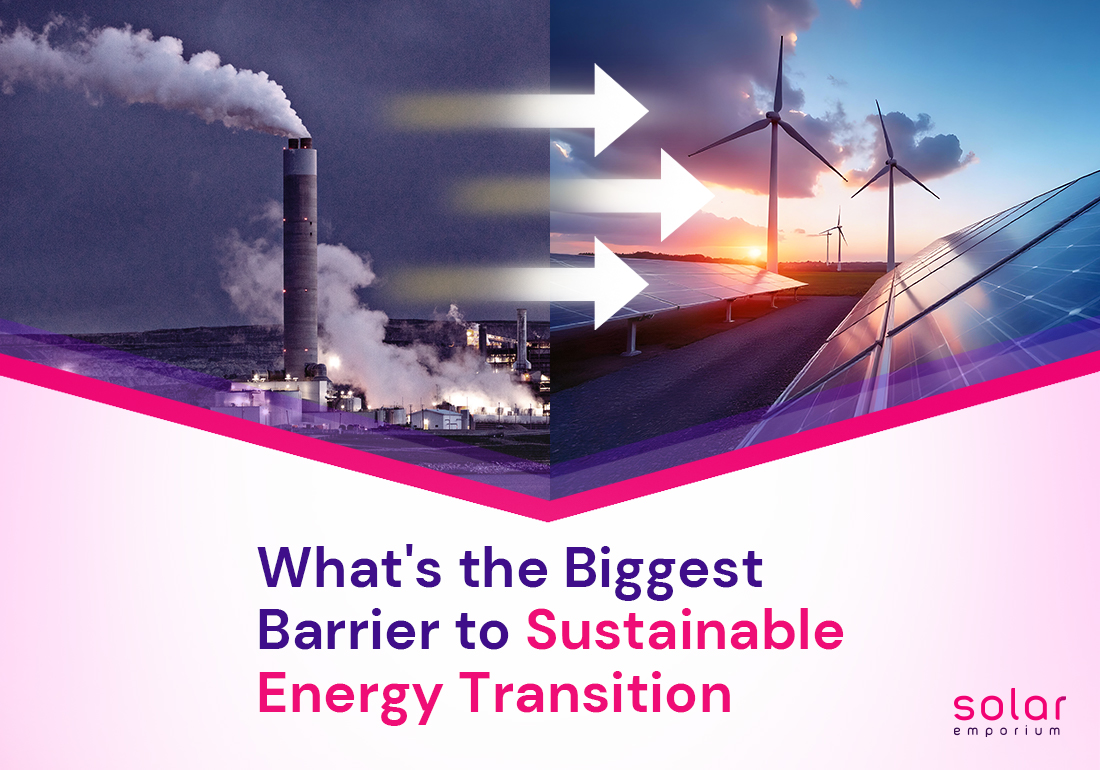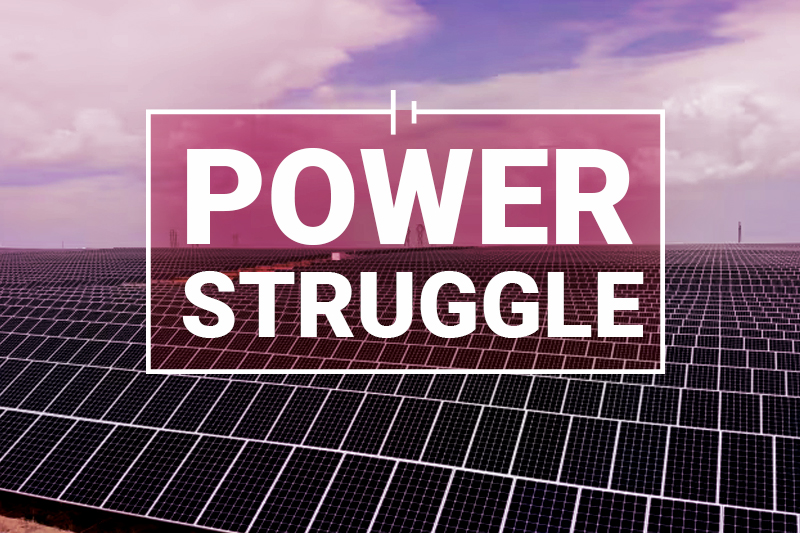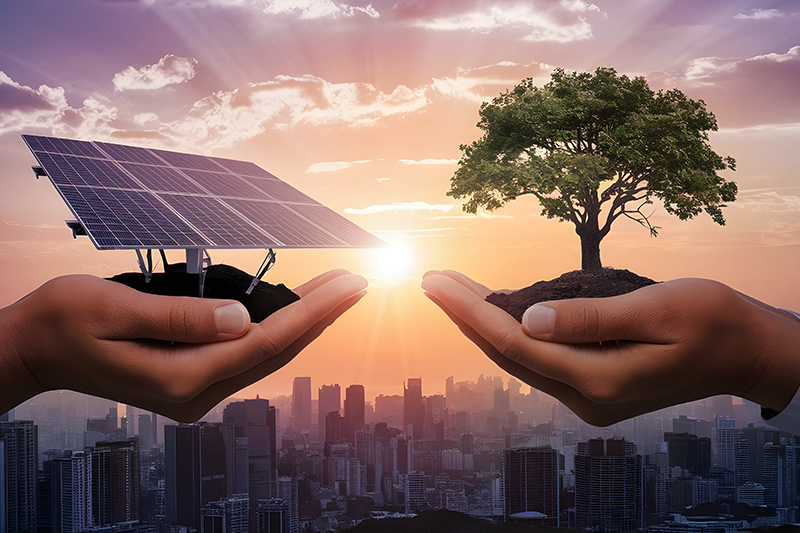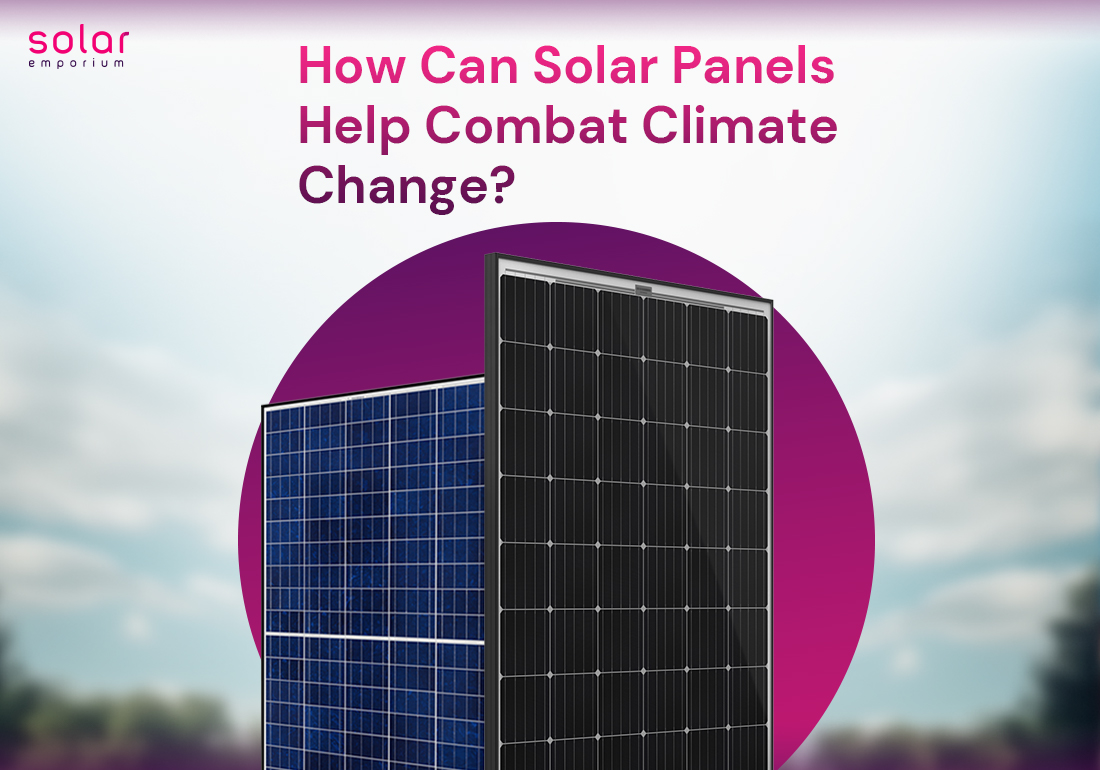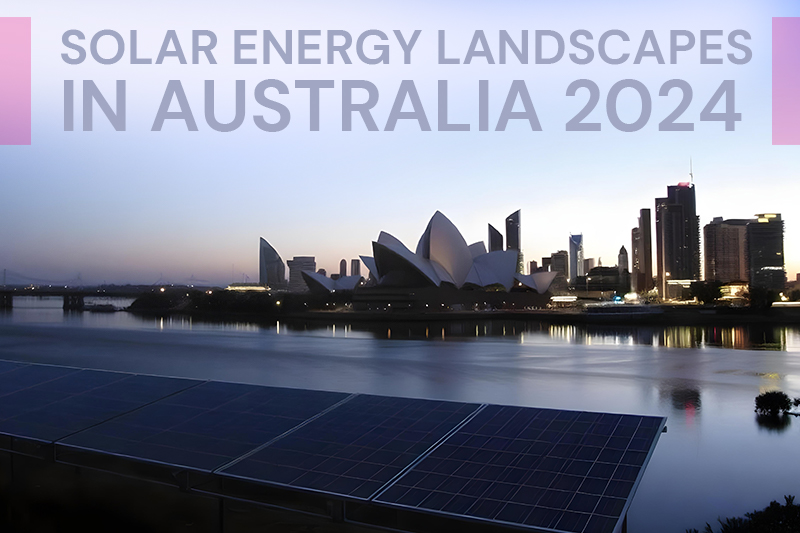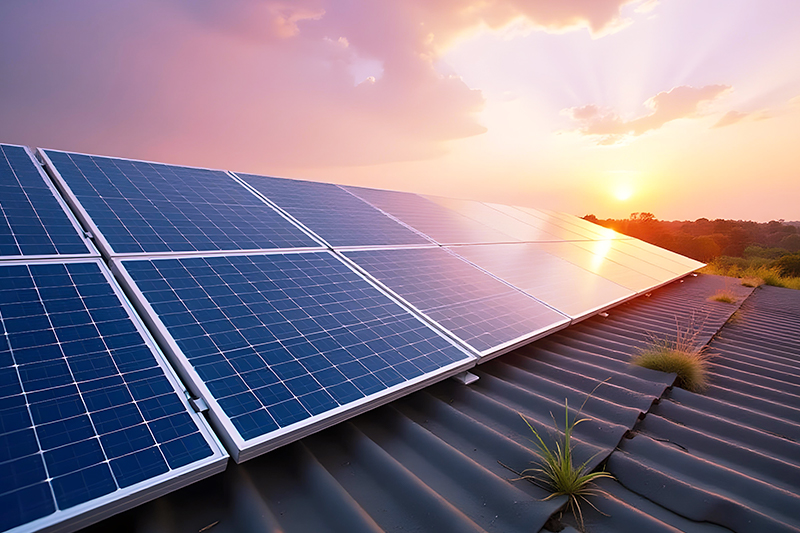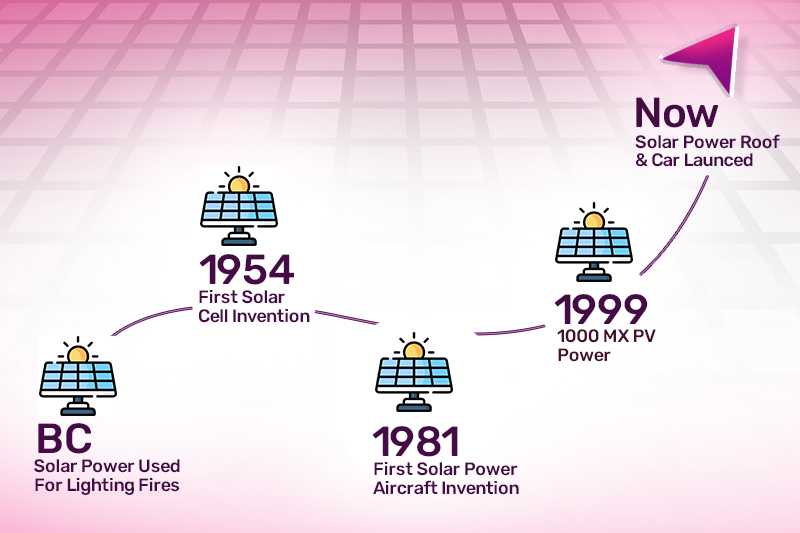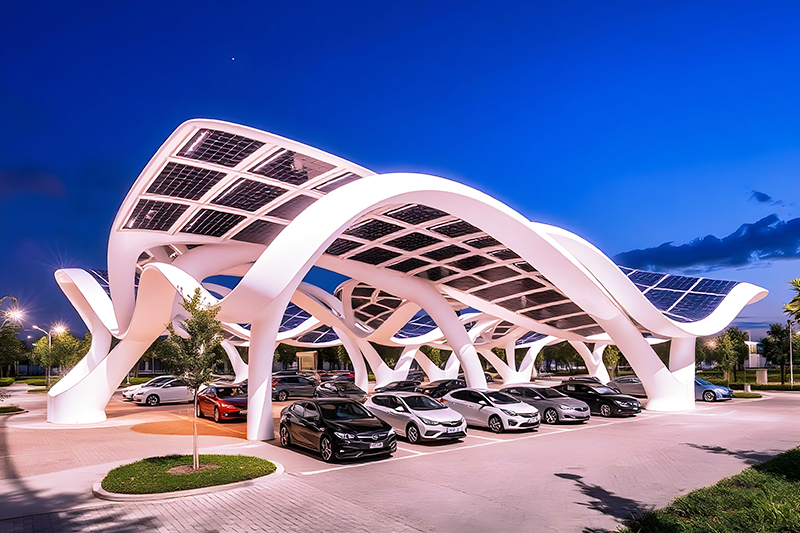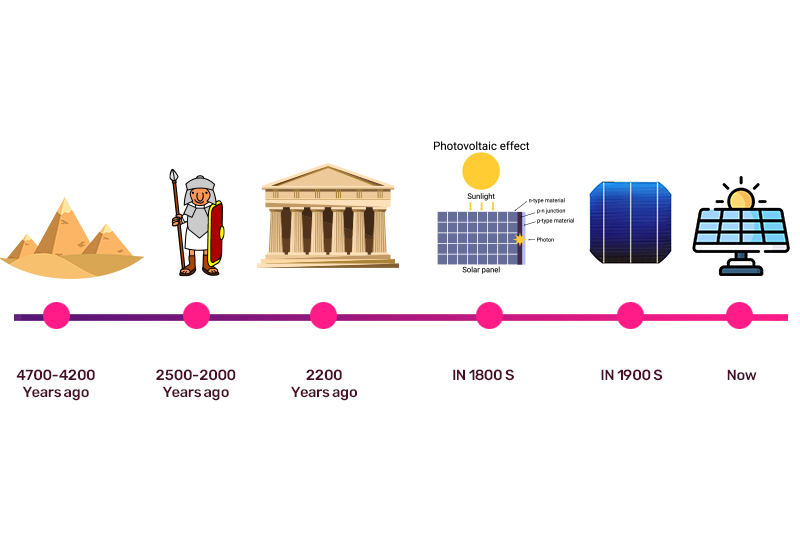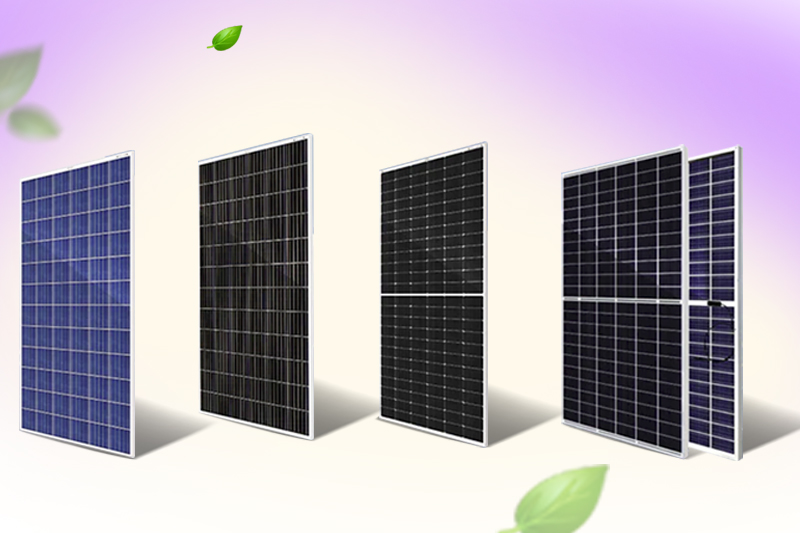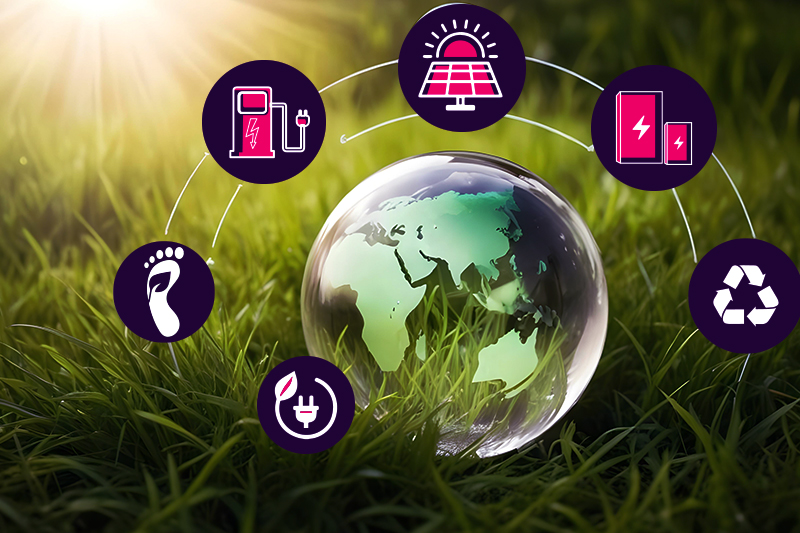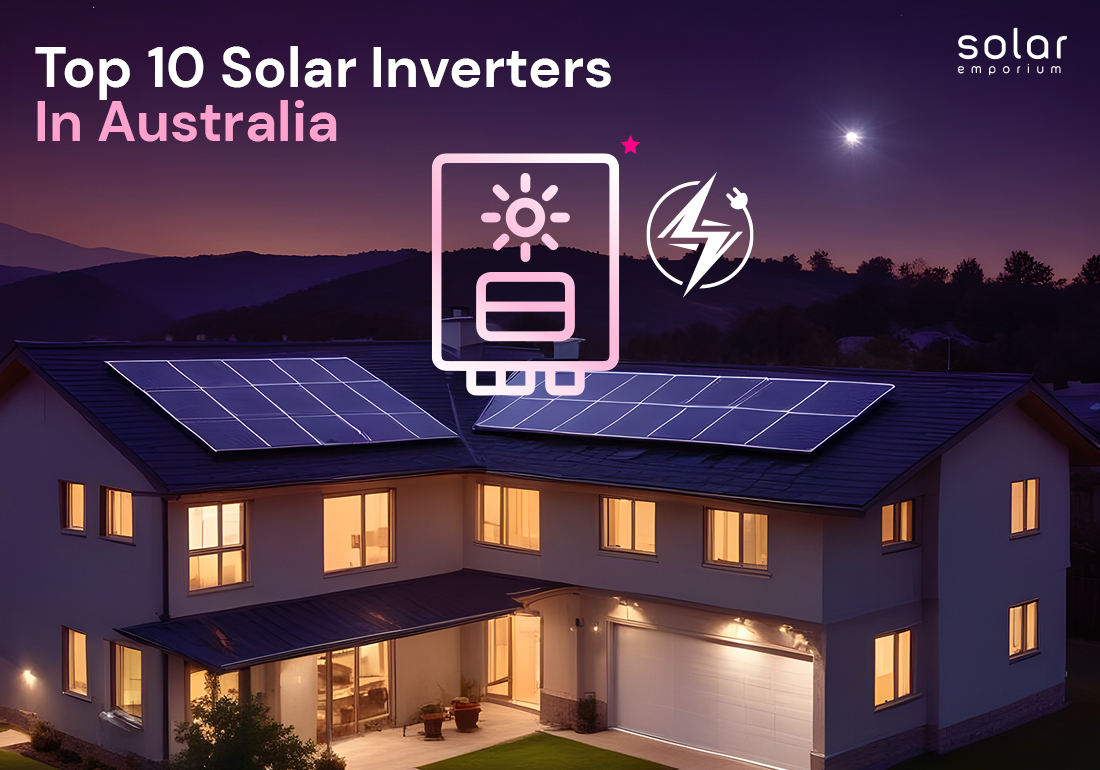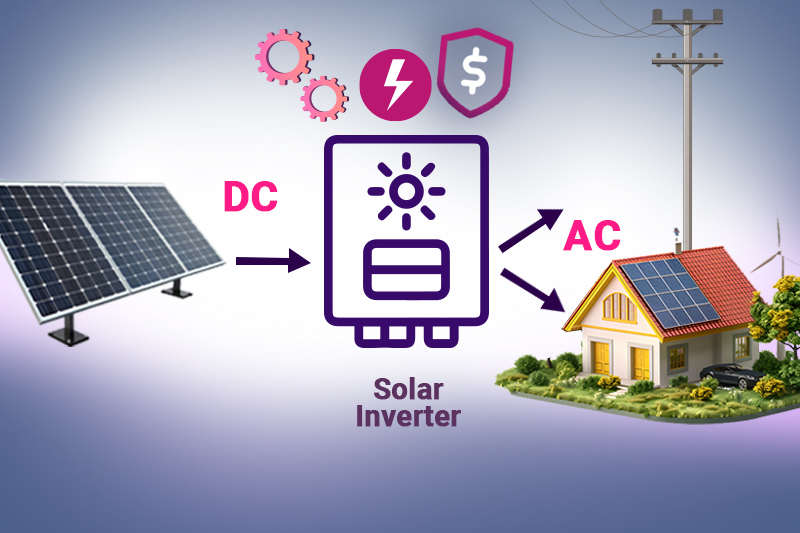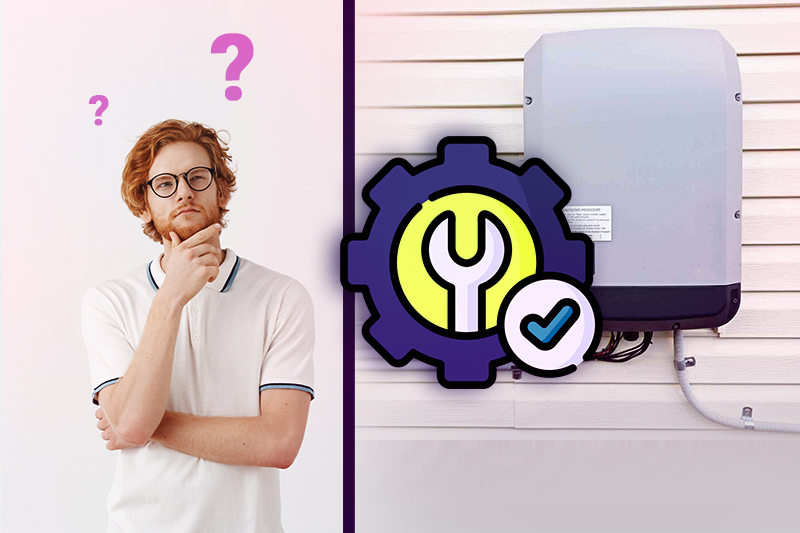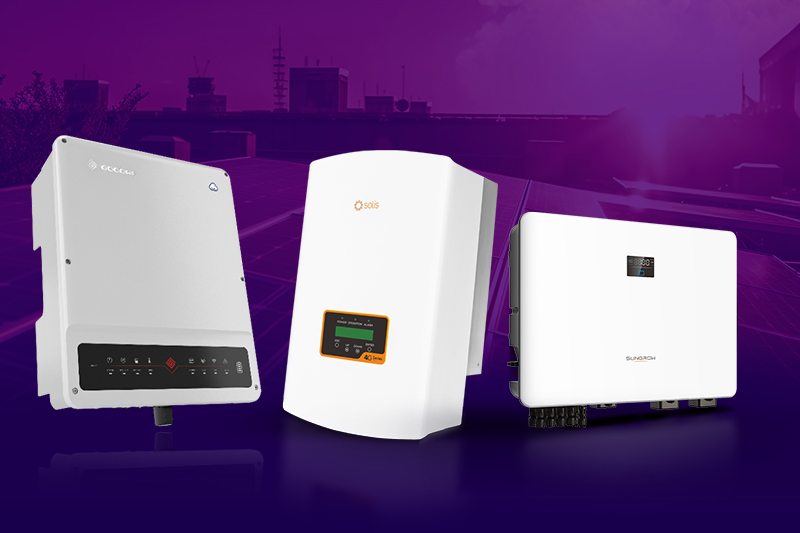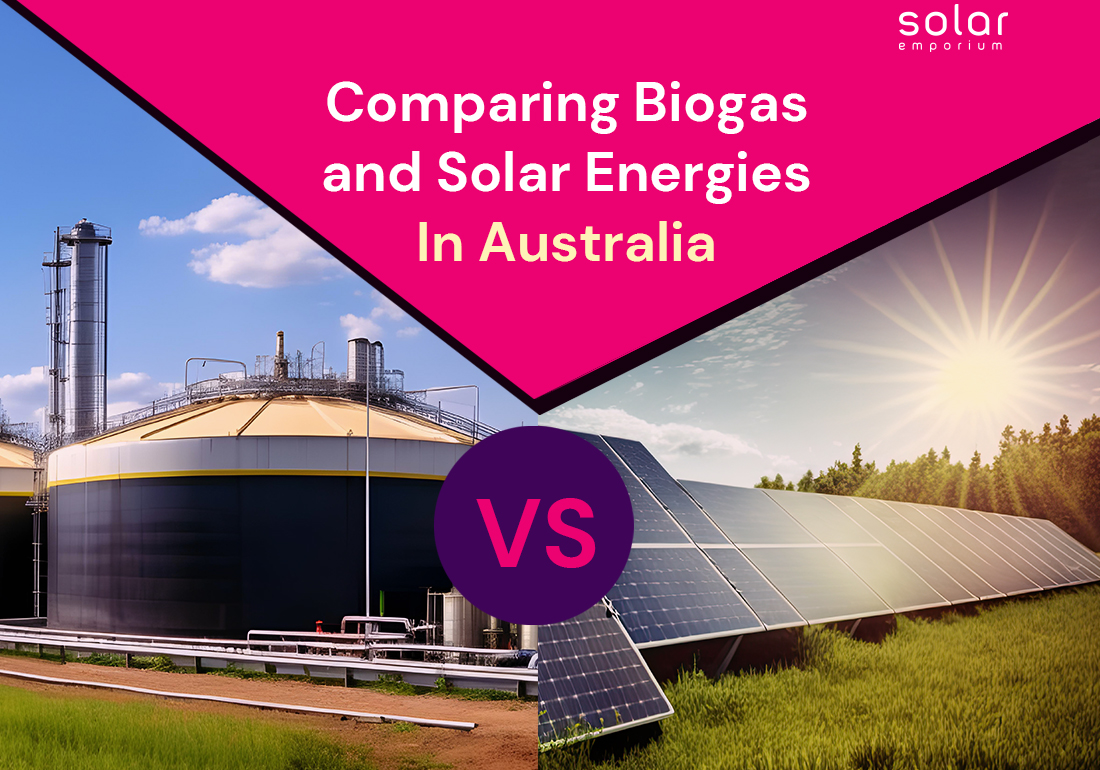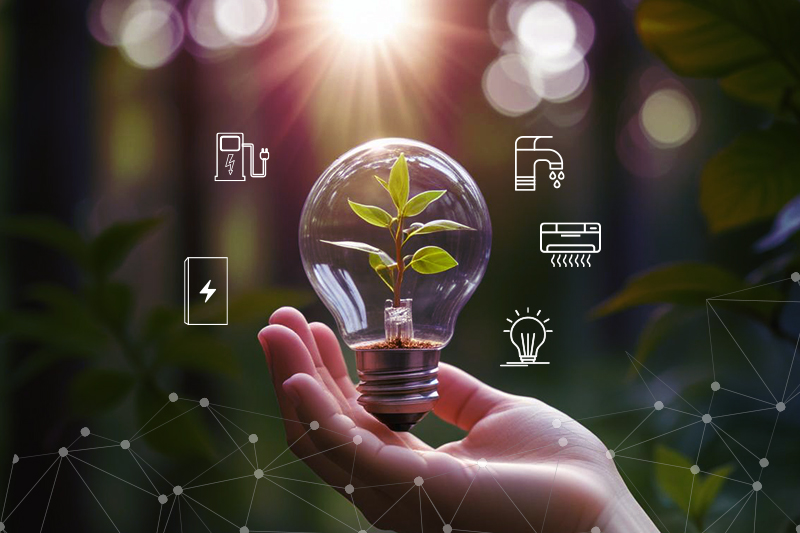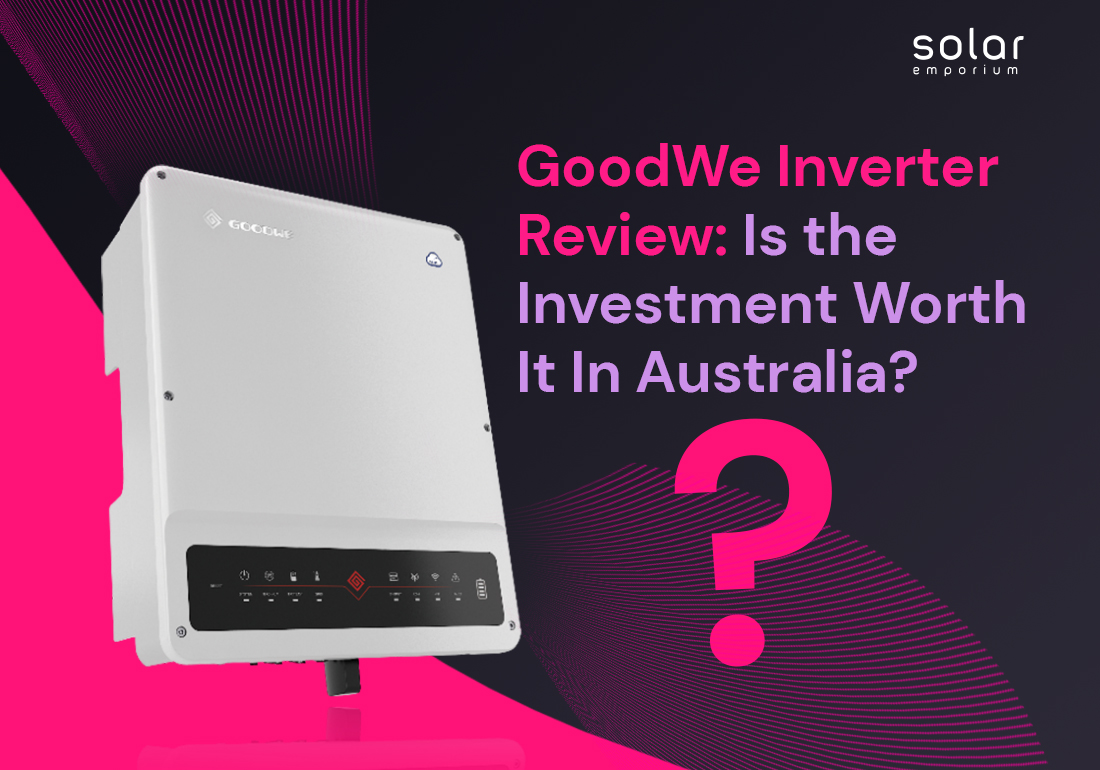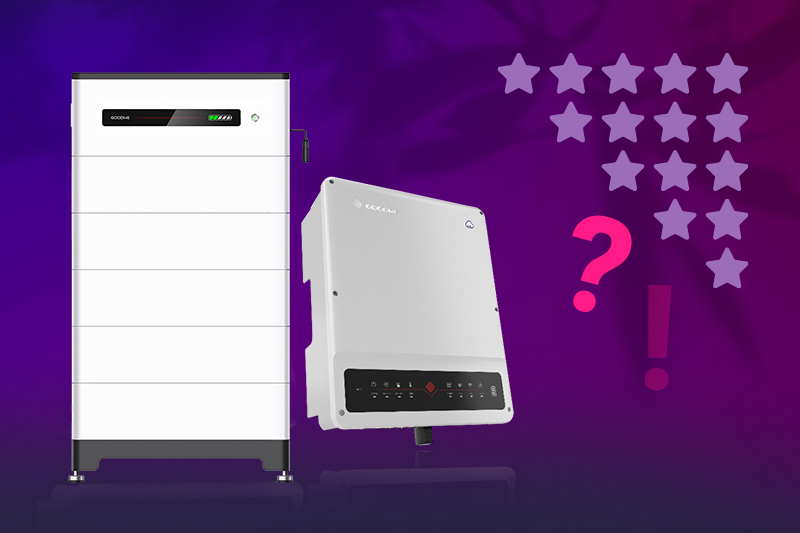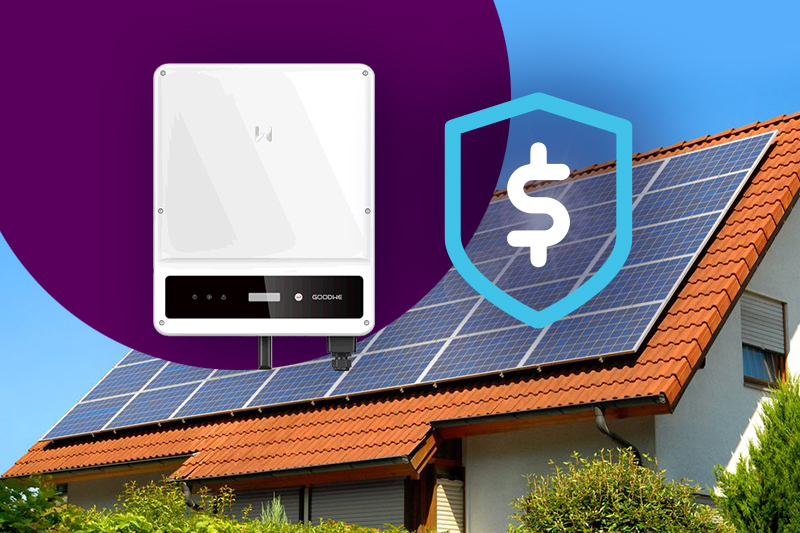Are you looking to reduce the upfront cost of solar panel systems in Australia by 2025? The solution is already available.
The Australian government offers incredible solar panel rebates and federal incentive programs that can significantly reduce the cost of going solar. They are designed to make renewable energy more accessible and affordable for your Aussie households.
However, the time is ticking, and if you haven’t claimed your rebate or incentive in Australia yet, you might be missing out on substantial savings!
Wanna know more about how the rebates work or how you can claim it?
Read this comprehensive guide to know some simple steps and start enjoying the benefits of clean, affordable natural energy throughout the year.
In this blog post:
- Rebates & Incentives Explained: Your Gateway to Affordable Solar!
- The Secret Role of STCs: A Game-Changer for Australian Sustainable Technology
- How to Claim the Australian Federal Solar Rebate: A Step-by-Step Guide
- From NSW to Victoria: State-by-State Solar Rebates You Can't Afford to Miss!
- Maximizing Your Savings with Additional Solar Incentives
- Take Advantage of Australia's Top Incentives Today!
Rebates & Incentives Explained: Your Gateway to Affordable Solar!
If you are a new bee in the energy game, then you might be wondering what a solar panel rebate is and how to access the federal government incentives in Australia.
Well, Australia’s government has rolled out a range of financial benefits designed to make solar panel installation more accessible for everyone, from homeowners to businesses.
In addition to the federal energy programs or incentives, each Australian state and territory also has its own set of incentives, including battery rebates, to accelerate the renewable energy transition process.
Through these initiatives, they are trying to reduce their global carbon footprint while achieving their aim of reaching net zero emissions by 2050.
However, ultimately the core of these financial aids lies in the Small-scale Renewable Energy Scheme (SRES).
Under this scheme, the residents with eligible solar panel systems can receive Small-Scale Technology Certificates (STCs) for generating clean renewable power. These certificates can be directly traded or used to reduce the system’s upfront cost.
How? Let’s go over the exact process further down the page!
The Secret Role of STCs: A Game-Changer for Australian Sustainable Technology

Small-scale Technology Certificates (STCs) play a quiet but crucial role in shaping the growth of Australia’s energy sector and making clean energy accessible to all.
Although not many people are familiar with them, STCs are a game-changer for driving the adoption of sustainable technologies like solar panels, heat pumps, and battery storage.
Here’s a breakdown of STC’s secret role and why they matter:
What Are STCs?
As you already know, STCs are a form of financial incentive under the Small-scale Renewable Energy Scheme (SRES), which is part of Australia’s Clean Energy Regulator.
This scheme provides credits that help offset the initial costs of installing eligible small-scale renewable energy systems.
For example, if a household installs a solar panel system, the STCs they generate reduce the upfront price of installation, making the transition to renewable energy more affordable.
How Do STCs Work? Let’s unveil!
STCs work by assigning a specific number of certificates to renewable energy systems based on their expected energy generation capacity. Here, the government creates virtual pieces of paper called renewable energy certificates (RECs).
These certificates can then be sold to liable entities like large energy retailers, who must meet renewable energy targets set by the government.
For instance, a typical solar power system will create a certain number of STCs depending on the system’s size, location, and expected output.
This effectively provides a financial return to those who embrace renewable systems to power their homes and businesses.
Why Are STCs a Game-Changer for Australians?
- Reduce Cost for Consumers
One of the biggest barriers to adopting sustainable technology is the high upfront cost.
Therefore, STCs help reduce this burden by providing an immediate financial incentive, making renewable energy systems widely available.
Suppose you have a system size of 6.6kW. So, how much of a rebate can you expect?
Well, the amount varies significantly depending on the market price of STCs.
Here’s an example calculation:
Case 1: With the highest offered STC price
STC Price: $40 per certificate.
STCs for 6.6kW system: 130 STCs.
Rebate Calculation: 130 STCs * $40 = $5,200 rebate.
Case 2: With the lowest offered STC Price
STC Price: $17 per certificate.
STCs for 6.6kW system: 130 STCs.
Rebate Calculation: 130 STCs * $17 = $2,210 rebate.
- Boost Renewable Energy Adoption
The availability of STCs has contributed significantly to the rise in solar panel installations across Australia.
By incentivizing solar energy, nearly 4 million households now have solar panels, making Australia a global leader in solar adoption.
- Incentivizing Innovation
Generally, the value of STCs fluctuates with market demand, encouraging innovation and competition among clean energy providers.
Companies designing more efficient, cost-effective systems are rewarded, thus speeding up technological advancements in the renewable energy sector.
- Flexible for Various Systems
The best part is that STCs aren’t limited to solar panels. They can be applied to a range of renewable technologies, such as small wind turbines or heat pumps.
This flexibility allows financial aid from various sectors, helping to diversify Australia’s clean energy mix.
- Environmental and Economic Benefits
STCs drive both environmental and economic benefits. From lowering energy costs to cutting down carbon emissions, STCs help Australia meet its climate commitments.
Without the financial support from STCs, the rapid growth of the rooftop solar industry would have been much slower, meanwhile delaying Australia’s transition to a low-carbon economy.
Therefore, the collaborative success of the SRES and STCs will be essential for Australia in meeting its ambitious renewable energy targets.
Now, without any further ado, let’s know how you can secure your solar energy rebate and federal incentives!
How to Claim the Australian Federal Solar Rebate: A Step-by-Step Guide
There are two main ways to claim your STCs or solar rebates, and both have their perks.
- The first option lets you claim the STCs at the time of purchase, giving you an immediate discount on the cost of your solar panels.
- The second option allows you to claim later through the Clean Energy Regulator.
While the total value of the federal solar incentive remains the same in both cases, claiming the discount upfront has some clear benefits.
When you go for the upfront discount, you essentially assign your right to claim the STCs to your solar retailer. They’ll handle everything on your behalf, so you don’t have to worry about paperwork or dealing directly with the Clean Energy Regulator.
The best part?
You get the discount straight away, making the process much simpler and reducing the cost of your installation from the start.
However, if you choose to claim your STCs later, you’ll need to pay the full cost of the solar system upfront and then reach out to the Clean Energy Regulator to claim your STCs.
Doesn’t that sound like a hassle? You might agree on this too!
So, here’s how to ask for solar panel rebates and federal government solar rebates in Australia.
Step 1: Check Your Eligibility Before Claiming Solar Rebates
Claiming rebates and incentives for the solar panel is relatively straightforward. You just need to meet some important eligibility criteria for a smooth energy transition. How?
Here, we’ve listed all the eligibility requirements for obtaining the rebate in Australia:
- The rebate is available for homeowners who install solar PV systems on their primary residence located in Australia,
- The solar system must be installed by an accredited installer from the Clean Energy Council (CEC).
- The rebate is provided for systems with a capacity of 100kW or less.
- The most common systems eligible for the rebate are between 1.5kW and 10kW in size, as these are typically used for residential properties.
- The solar panels and inverters must be listed on the modules approved by the Clean Energy Council (CEC).
- You must not pay any additional charges on the property where the solar system is being installed.
- STCs need to be claimed within 12 months from the installation date.
- The system must follow Australian safety and quality standards.
- The installation must meet all relevant local, state, and federal regulations.
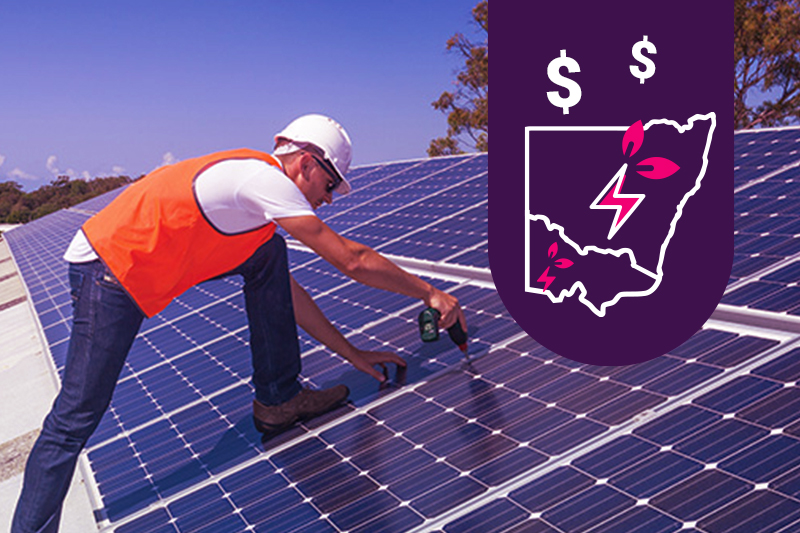
Step 2: Choose a Reputable Solar Installer
To take advantage of federal incentives, it’s crucial to select a local Clean Energy Council (CEC) accredited installer.
These installers are licensed to issue STCs and ensure your system is installed according to industry standards.
Your installer will also be able to calculate the exact number of STCs you are eligible for based on your system’s specifications and your location.
Step 3: Finalize the Installation and Claim STCs
Once your solar system is installed, your installer will claim the STCs for you. This process is generally simple as the rebate will be directly applied to the total cost of your solar battery or solar panel system, reducing the heavy upfront investment.
But remember, the value of STCs decreases each year. The earlier you install, the higher the rebate value, so it’s essential to stay informed about deadlines.
However, if you are willing to offset energy costs for larger commercial systems, go for the large-scale renewable energy target (LRET) scheme.
Like SRES, LRET also enables large businesses to get revenue by trading or selling Large-Scale Generation Certificates (LGCs).
From NSW to Victoria: State-by-State Solar Rebates You Can't Afford to Miss!
New South Wales (NSW) | Solar Rebate & Loans
- NSW Solar Battery Rebate (PDRS): The NSW Government launched a special $1600-$2400 incentive for new solar battery installation. This program also allows an additional $250–$400 incentive for Virtual Power Plant (VPP) participation.
- NSW Grants & Subsidies for Apartment Solar Projects: Provides funding for solar projects in apartment buildings.
- Empowering Homes Program: Offers interest-free loans for up to $14,000 solar and battery systems, particularly for low-income households.
- Solar for Apartments Residents (SoAR) Grant: Provides funding for shared solar PV projects in apartment buildings.
- Smart Distributed Batteries Project: Offers up to $4,950 discount on battery storage systems like Tesla Powerwall 2 or LG Chem.
Victoria | Solar for All Program
- Victoria’s Solar Homes Program: This program offers rebates of up to $1,400 for eligible households. However, low-income families or rental properties may qualify for a much higher rebate of $2,500.
- Sustainable Household Scheme: This scheme offers interest-free loans between $2,000 and $15,000 for solar panels and energy storage batteries.
- Interest-Free Battery Loans: Eligible households looking to add solar battery storage can enjoy up to $8,800 in interest-free loans.
Queensland | Solar and Storage Rebates
Queensland’s government provides rebates of up to $3,500 for solar system installations and incentives for adding battery storage, which increases energy independence.
- Queensland Feed-in Tariff: The feed-in tariff pays households for the excess energy they export to the grid during peak demand hours
- Virtual Power Plant (VPP) Program: Offers income and savings opportunities for participating in VPPs.
- Federal Solar Rebate (SRES): Provides a rebate for small-scale solar systems.
- Incentives on solar PV System: Queensland enjoys solar subsidies up to $26,00 off on 6.6kW PV system installation
Maximizing Your Savings with Additional Solar Incentives
If you want to make the most out of your solar panel investment, consider combining your solar panel with other energy-efficient upgrades rather than only a battery.
In some states, solar power systems qualify you for additional savings on home improvements, like:
- Energy-efficient appliances
- Electric vehicle (EV) charging stations
- Home energy audits that help you optimize energy consumption
In certain cases, you may also be eligible for additional rebates or tax credits, depending on your overall sustainability goals and location.
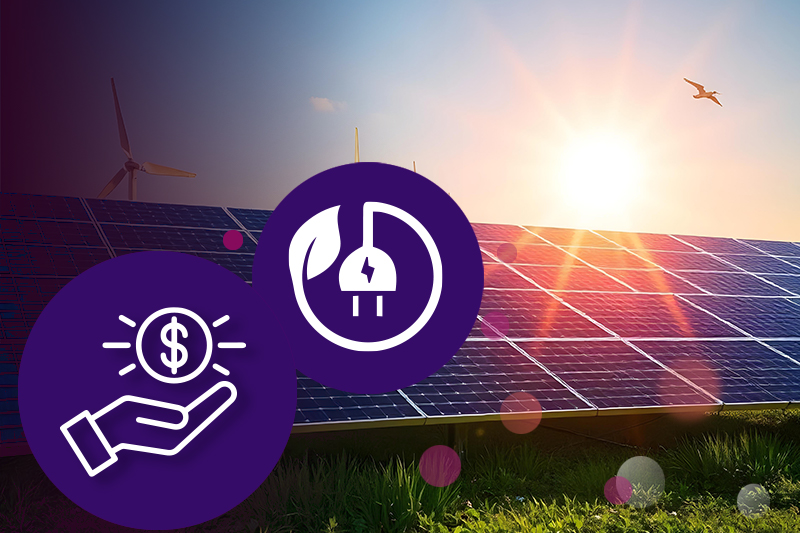
Take Advantage of Australia's Top Incentives Today!
Australia’s solar panel rebates and federal government incentives make it easier than ever to switch to solar power.
With the right knowledge and preparation, you can access generous rebates, reduce your installation costs, and start enjoying the benefits of clean, renewable energy.
Thinking of making the switch?
Now is the perfect time to explore all the available Solar Panel Rebates & Federal Incentives.
Contact a Clean Energy Council-accredited installer like Solar Emporium, research local government schemes, and take the first step towards a more sustainable future today!
